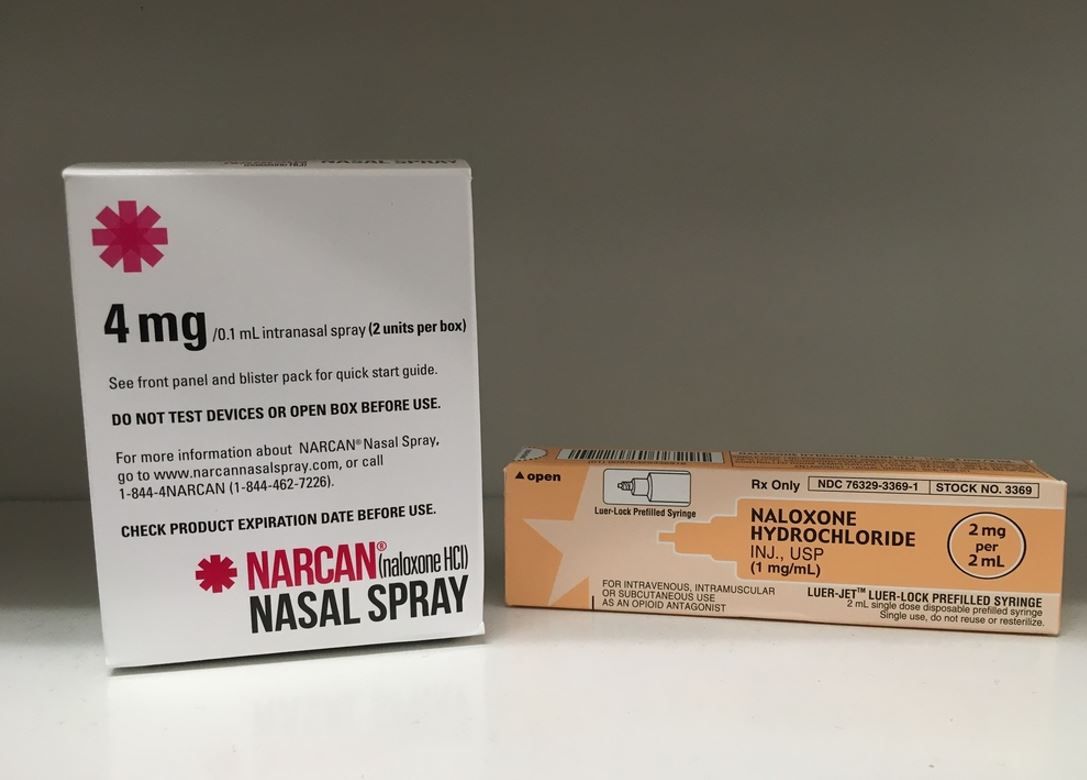- Clinical Technology
- Adult Immunization
- Hepatology
- Pediatric Immunization
- Screening
- Psychiatry
- Allergy
- Women's Health
- Cardiology
- Pediatrics
- Dermatology
- Endocrinology
- Pain Management
- Gastroenterology
- Infectious Disease
- Obesity Medicine
- Rheumatology
- Nephrology
- Neurology
- Pulmonology
Rx Shorts: "Naloxone for All," says SG
Naloxone should be available to all at risk for opioid overdose and their caregivers, says the US Surgeon General.
©PureRadiancePhoto/Shutterstock.com

In the fight against America’s opioid epidemic, the life-saving opiate receptor antagonist naloxone has found itself thrust onto the front lines. Naloxone has been a mainstay with paramedics and first responders for treating heroin and opioid overdose; now many states allow pharmacies, via standing orders, to dispense the antidote to those at risk for overdose and/or their caregivers.
With the recommendation from the US Surgeon General, issued in April 2018 that more Americans have access to and learn to administer naloxone, patients and family members of patients on chronic opioids may have questions about how and when to use the drug should an overdose occur. (To put the significance of the Surgeon General’s national advisory into perspective, the last advisory was issued in 2005 and addressed the need to tackle the then newly identified opioid epidemic.)
How-to
Because naloxone exhibits virtually no pharmacologic action save the competitive removal of opiate agonists from opiate receptors, administering naloxone-available as a nasal spray or injection-at the first sign of a potential overdose is warranted. Bystanders need not wait until emergency personnel arrive, although emergency services should be requested immediately. For most people, Narcan (naloxone) Nasal Spray 4 mg is the easiest way to administer naloxone in an opioid crisis.
First, witnesses to an overdose should identify if the person is in fact in crisis (unresponsive to shouting, shaking and sternal rub, pinpoint pupils) then position person on their back. Narcan Nasal Spray should be given in one nostril with the option to repeat doses every 2 to 3 minutes if the person exhibits no response. After administration, the patient should be turned onto their side while they recover and wait for paramedics to arrive.
More Rx Shorts
ED Drugs Go Generic in 2018Long-acting Insulin Confusion
Rx Shorts provides PCPs with brief, timely updates on a wide variety of matters surrounding prescription drugs. Label changes, supplemental NDAs, FDA advisories, recalls, black box additions, patent expirations, off label uses-the topics will be as varied as the pharma news itself. Author Matthew Baker, PharmD, of Lufkin, TX, serves as the Patient Care eyes and ears in the pharmaceutical realm.
